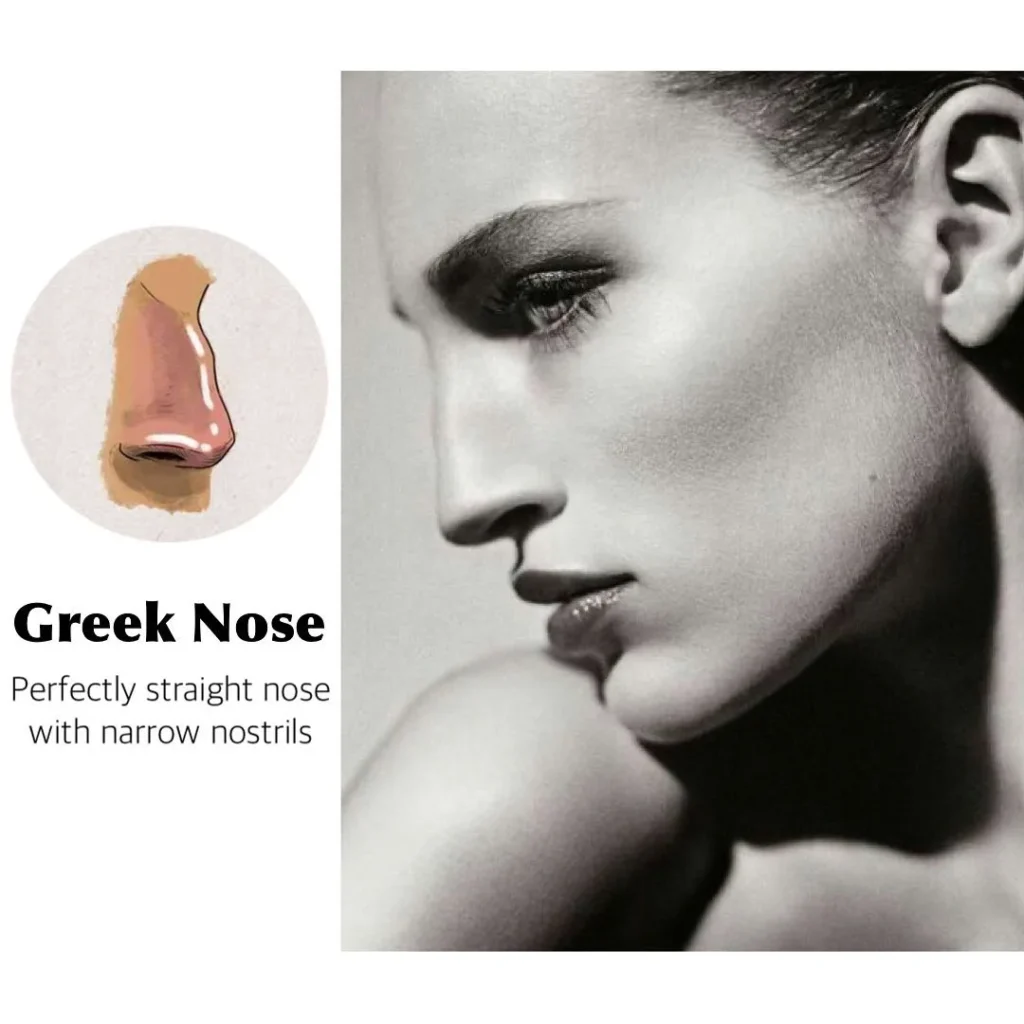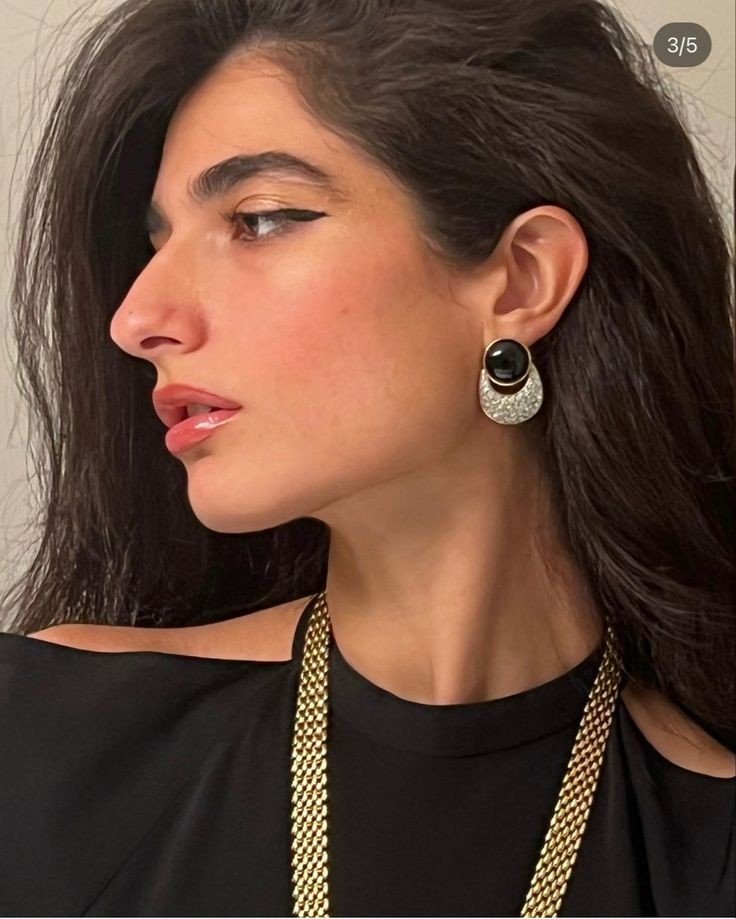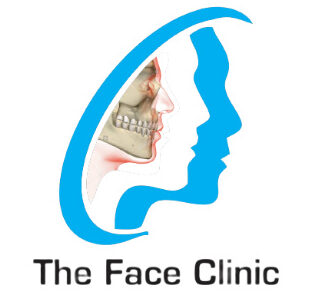The Greek nose, known for its refined structure, is typically straight with a prominent bridge that gives it an aristocratic appearance. It is considered one of the most desirable nose shapes, particularly among women, who often seek this aesthetic for its association with beauty and elegance.
Nasal Characteristics
- Straight Profile: The hallmark of a Greek nose is its straightness. Unlike other nose types, such as the Roman nose, which may have a pronounced curve, the Greek nose offers a smooth, linear profile.
- Defined Bridge: A strong bridge is a defining feature that contributes to the overall attractiveness of the Greek nose.
- Balanced Proportions: The Greek nose is often praised for its proportionality, making it a desirable trait in both male and female aesthetics.
Variations
While the classic Greek nose shape is widely admired, various forms exist that cater to individual preferences and ethnic backgrounds. Some of these include:
- Greek Nose Female: Women often prefer a more delicate version of the Greek nose, which emphasizes a softer contour and may include a subtle upturn at the tip.
- Greek Nose Male: In contrast, men may prefer a more robust version that retains the strong bridge and defines masculinity.
- Side Profile Greek Nose: The side profile of a Greek nose is particularly significant, showcasing the straight bridge and well-defined tip, which is often a focus during aesthetic assessments.

Greek Nose vs. Roman Nose: A Comparative Analysis
While both the Greek nose and Roman nose are prominent features in historical narratives, they exhibit distinct characteristics. The Roman nose is often described as aquiline, featuring a pronounced curve and more robust appearance. In contrast, the Greek nose is straighter and more refined. A comparison of these two nose shapes reflects the varying ideals of beauty across cultures and eras, showcasing how perceptions have evolved over time.
| Feature | Greek Nose | Roman Nose |
|---|
| Shape | Straight, narrow profile with no visible curvature | Aquiline, featuring a prominent curve or arch |
| Historical Associations | Associated with Greek sculptures and idealized beauty in ancient art | Symbolic of Roman power and authority, often seen in Roman busts |
| Cultural Ideals | Represents classical elegance, balance, and harmony in Greek art | Represents strength, leadership, and dominance in Roman culture |
| Aesthetic Appeal | Often seen as refined and proportionate | Seen as bold, strong, and distinctive |
| Symbolism in Ancient Art | Associated with the ideals of symmetry and mathematical proportions in art (e.g., statues of gods and heroes) | Associated with depictions of emperors, warriors, and leaders, symbolizing authority |
| Ethnic Origin | Commonly found in Mediterranean and Southern European populations | More prevalent in populations of Roman and Mediterranean descent, particularly Italy |
| Profile View | Straight, continuous line from the forehead to the tip | Curved or hooked, with a prominent bridge |
| Famous Examples in Art | Seen in ancient Greek sculptures like the statues of gods (e.g., Zeus, Apollo) | Commonly depicted in Roman busts of emperors like Julius Caesar |
| Perception in Modern Aesthetics | Considered more universally appealing due to its symmetrical, balanced look | Sometimes viewed as a statement of individuality and strength but less commonly idealized |
| Associated Traits | Elegance, intellect, and beauty | Strength, resilience, and leadership |
| Preferred in Rhinoplasty | Patients often request a straight, smooth profile resembling the Greek nose | Some patients request slight curves but prefer softer versions of the Roman nose’s arch |
Greek Nose Ethnicities
The Greak nose—known for its straight, narrow profile and slight upward curve—is commonly associated with people of Mediterranean descent, particularly those from Greece and southern Europe. However, it is not exclusive to any single ethnicity and can appear in various populations around the world. Here are some ethnicities and regions where the Grecian nose is often observed:
- Greek and Mediterranean Ethnicities: Unsurprisingly, individuals of Greek descent or from other countries in the Mediterranean region (such as Italy, Turkey, Cyprus, and Spain) often exhibit the straight-nosed feature due to shared genetic and cultural ancestry.
- Southern European Ethnicities: The Greek nose is sometimes seen in other southern European countries, including parts of Italy, Portugal, and southern France.
- Western Asia: In countries like Turkey and parts of the Middle East, such as Lebanon and Syria, a straight or slightly arched nose similar to the Greek nose can also be prevalent.
- Caucasus Region: People from the Caucasus, such as Armenians and Georgians, may also exhibit nose shapes that resemble the Greek nose, given the geographic and historical interactions between these regions and ancient Greece.
- Northern Africa: Populations in countries like Egypt and Morocco, which have had cultural exchanges with Greece in ancient times, sometimes share these nasal features.
It is important to note that while the Greek nose is iconic in art and history, it is not exclusive to any particular ethnicity and can be found across different populations due to the diversity of genetic inheritance.
Cultural Significance of the Grecian Nose
Throughout history, the Greek nose has been associated with divine beauty. In ancient Greek sculptures, the idealized forms often depicted figures with prominent Greek noses, symbolizing strength, beauty, and intelligence. This cultural significance continues to resonate today, influencing modern aesthetic practices.
Greek God and Goddess Noses
The concept of the “Greek god nose” or “Greek goddess nose” highlights how these idealized features have been romanticized in popular culture. Many celebrities are admired for their Greek nose structures, reinforcing the allure and desirability of this nose shape.

Rhinoplasty and the Greek Nose
With the increasing popularity of rhinoplasty, many individuals seek to achieve the Greek nose’s aesthetic appeal. This surgical procedure can help reshape the nose to align with personal beauty ideals.
In contemporary cosmetic surgery, the demand for a Greek nose job has surged, particularly among those seeking to enhance their facial harmony. Procedures like rhinoplasty can help achieve the sought-after Greek nose shape, balancing facial features for a more aesthetically pleasing profile. Many patients inquire about the Greek nose rhinoplasty, eager to learn how they can attain this classic beauty standard.
Nose Job For Grecian Nose
Rhinoplasty procedures aimed at creating or enhancing the Greek nose typically focus on:
- Straightening the Bridge: Surgeons often remove any irregularities to achieve the desired straight profile.
- Defining the Tip: The surgical process may involve refining the nasal tip to create a more sculpted look.
- Balancing Proportions: Ensuring that the nose remains proportionate to the rest of the face is crucial for achieving a natural look.
The Greek nose continues to symbolize beauty and elegance across cultures and eras. Its unique characteristics make it a sought-after feature in aesthetic medicine. For those considering rhinoplasty or other cosmetic enhancements, understanding the nuances of the Greek nose can provide valuable insights into achieving their desired look.
At The Face Clinic, we are committed to helping our clients explore their options and enhance their natural beauty while respecting their individual aesthetics.
Are Grecian noses attractive?
Yes, Greek noses are often considered attractive due to their balanced proportions and elegant profiles.
How to get a Greek nose?
Achieving a Greek nose typically involves cosmetic procedures such as rhinoplasty, which can reshape the nose to align with this aesthetic ideal.
What is a Greek nose job?
A Greek nose job refers to a surgical procedure that aims to create or enhance the features characteristic of a Greek nose, focusing on straightening the bridge and refining the tip.
Are there different types of Greek noses?
Yes, variations exist, including those that cater to male and female preferences, as well as ethnic considerations.
What does having a Greek nose mean?
A Greek nose is characterized by its straight, narrow shape with no visible curvature along the bridge. It is often associated with classical beauty, balance, and symmetry, as seen in ancient Greek sculptures. People with a Greek nose are sometimes perceived as having refined, harmonious facial features.
What are Greek or Roman noses?
A Greek nose, also known as a straight nose, is defined by its smooth, unbroken line from the forehead to the tip, reflecting the classical ideals of beauty from ancient Greece. A Roman nose, on the other hand, is aquiline or curved, featuring a prominent arch or bump on the bridge. This shape was often seen as a symbol of strength and authority in Roman culture.
How rare is a Roman nose?
A Roman nose, characterized by its distinct curve or arch, is relatively uncommon compared to other nose shapes. It is most frequently seen in individuals of Mediterranean, Roman, or Southern European descent. Though less prevalent, it carries strong cultural and historical significance, often associated with leadership and power.
How can I know my nose shape?
To determine your nose shape, observe the profile of your nose. Key features to look for include the shape of the bridge (whether it is straight, curved, or hooked), the width of the nostrils, and the overall symmetry of the nose. Consulting a professional, such as a plastic surgeon or dermatologist, can also help you identify your nose shape accurately. You can compare your nose to common types like Greek, Roman, snub, or button noses for further insights.






